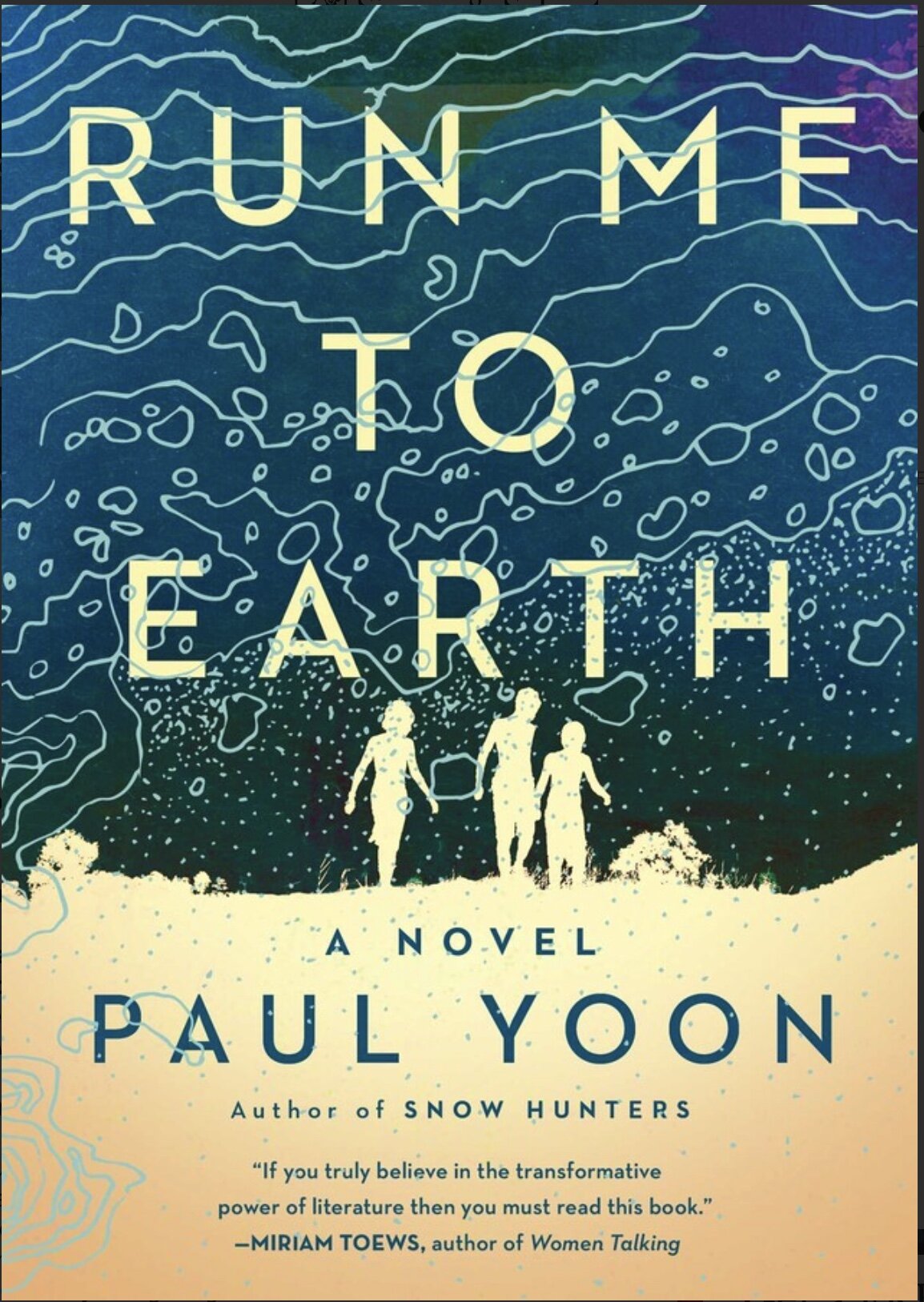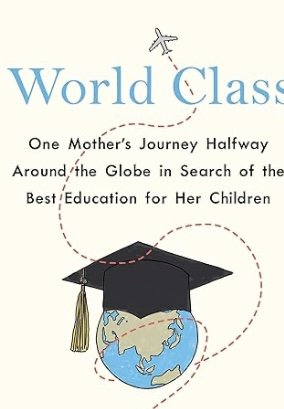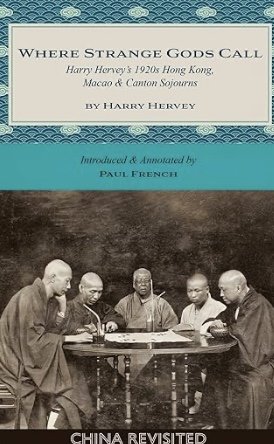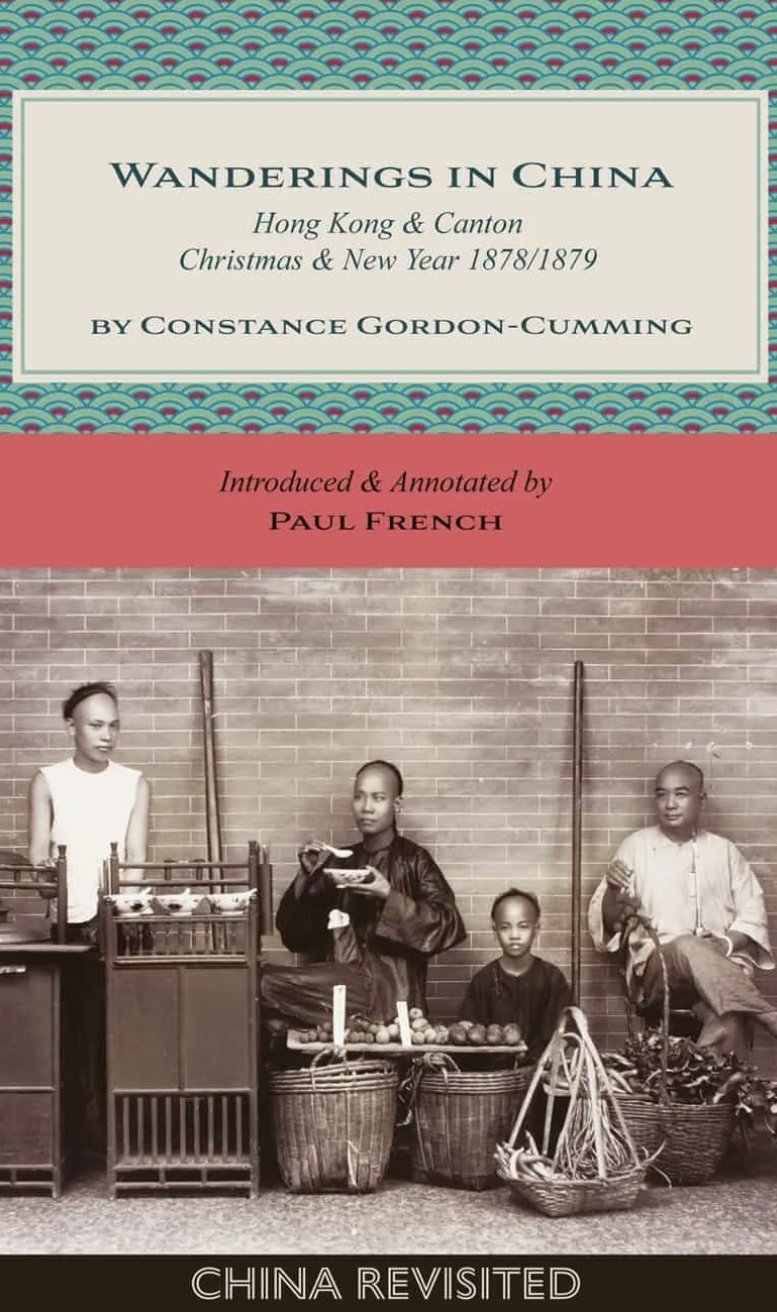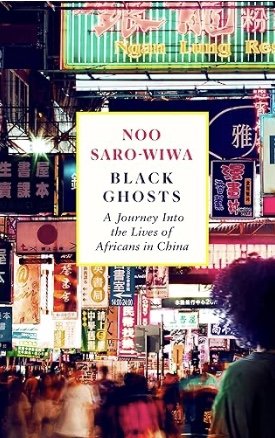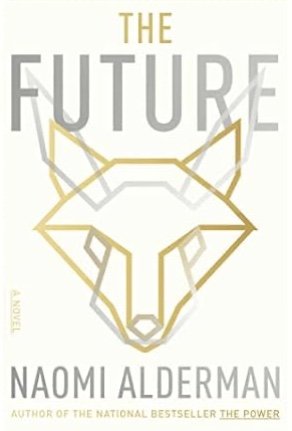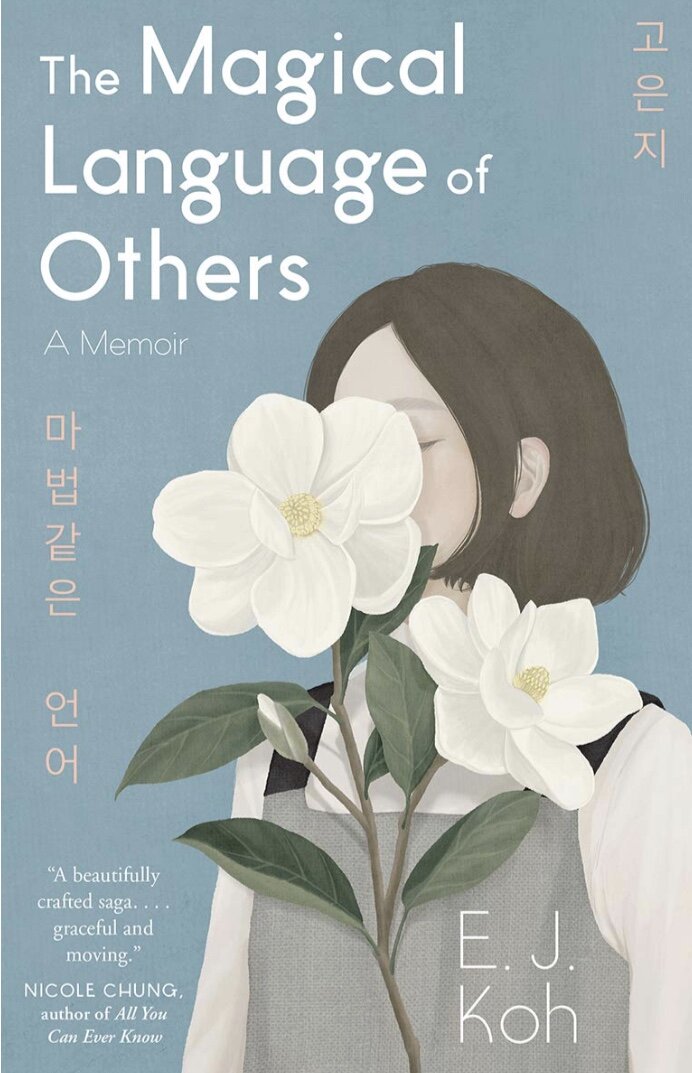Run Me to Earth by Paul Yoon (Simon & Schuster)
Imagine putting together a jigsaw puzzle that when finished will become a Chinese painting done in ink, in which the empty spaces are as meaningful as the brush strokes. Imagine being caught by its slow beauty and subtlety, then feeling the awe that comes when all the pieces are at last in place. This is what happens while reading Paul Yoon’s Run Me to Earth, a novel that’s breathtaking in what—and how much—it reveals.
Three children serve as couriers for a makeshift hospital in an abandoned French villa, a refuge for people who are unlikely to survive. “The three orphans,” as they’re known to all now, ride motorcycles through fields made deadly by unexploded ordnance, bombies buried in the earth. Two boys and a girl, bound together by their early lives in a Laos village, where the houses were so close together that the sounds from one family’s daily living also belonged to their neighbor, live in the moment. They ride through the possibility of death every day to bring medicine and supplies back to the doctors who tend to the nearly-dead. Through war the three have become nomad children who know how to kill with a needle of air plunged into a vein, with the quick slash of a scalpel, or with the pistols they always carry with them. They’re certain they will never die; they “have learned from the dead” where to find the safe paths they’ll take for their motorcycle journeys.
An old woman whom everyone calls Auntie directs the network of couriers that span the bombed country, a childhood friend of the doctor who’s head of the hospital where the children live and work. She’s the one who engineers escapes into Thailand. She’s the one who will eventually clean and bury the severed head of one of the three orphans. She’s the one who sends a young orphan across the Mekong river, into a Thai refugee camp, a girl laden with “the intensity of a promise”—to find the child who made it to a world of safety.
That young girl, who becomes part of a Lao family that makes a life in upstate New York, learns in a small town ballpark not to recoil from the sight of the hurled baseballs that are the same size and shape as a bombie. As an adult, she travels in search of the survivor, bringing with her a tangible trace of the lives those three courier-children once shared, back when they were centaurs, half-human, half-motorbike, believing they were immortal.
Paul Yoon has created a masterpiece of loss and yearning, the story of the one who left, the one who went back, the one who went off the path, and the one who became burdened with the promise she made to someone she’s met only once. Every small detail of this spare novel is resonant with meaning; every description brands its poetry into memories so tangible they become the readers’ own: “Rain spraying on the windows,” a “moon the color of fire,” “the paling dark.” Run Me to Earth becomes the circle drawn in pencil on a scrap of paper that’s carried to the survivor, haunting, permanent, and never-ending, one that should be started again immediately after it’s finished~Janet Brown
